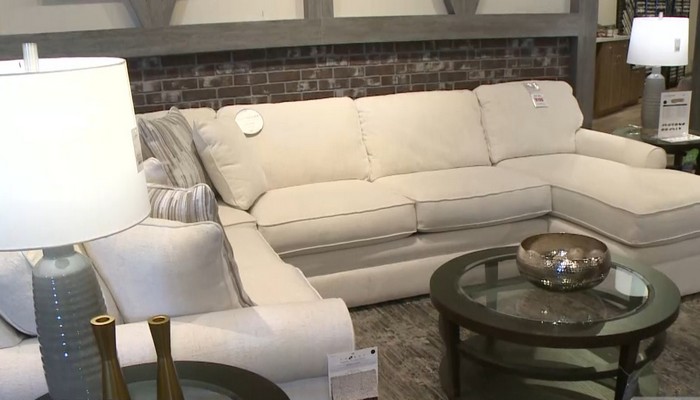
Learning about cork, nature’s most extraordinary raw material, in Portugal

Emily Vukovic was fortunate to experience the cork life cycle from start to finish while visiting the Amorim Group in Portugal.
It all starts in the Cork Oak Forest. The cork oak, as a raw material, begins when it’s stripped; when the tree is 25 years old and the trunk diameter reaches a certain circumference and a certain height from the ground. Stripping the cork oak is an ancient and manual process that requires very careful and experienced hands to prevent damage to the bark or tree. The tree is harvested every nine years after that, between the months of May and August. At 25 years old the cork is used for flooring and insulation and by the time the tree is on its third stripping at 43 years old, the cork holds the ideal properties for the production of quality stoppers.
The cork oak helps to prevent degradation, fights desertification, provides retention and storage of carbon for very long periods of time. It generates high rates of biodiversity and combats climate change.
The benefits of cork are endless. Cork is an extremely efficient natural sound absorber because its cells work as an acoustic insulator. Amorim Cork Flooring floors can easily cut noise within a room, and act as a noise buffer between the floor and the rooms underneath, making it exceptionally efficient to use in residential or commercial spaces. The natural thermal insulation properties of cork make floors very energy efficient providing a pleasant touch, even barefoot, and an optimal floor temperature all year round which contributes to an overall comfort. Cork is sustainable, environmentally friendly and 100% natural as well as being durable and easy to maintain.







